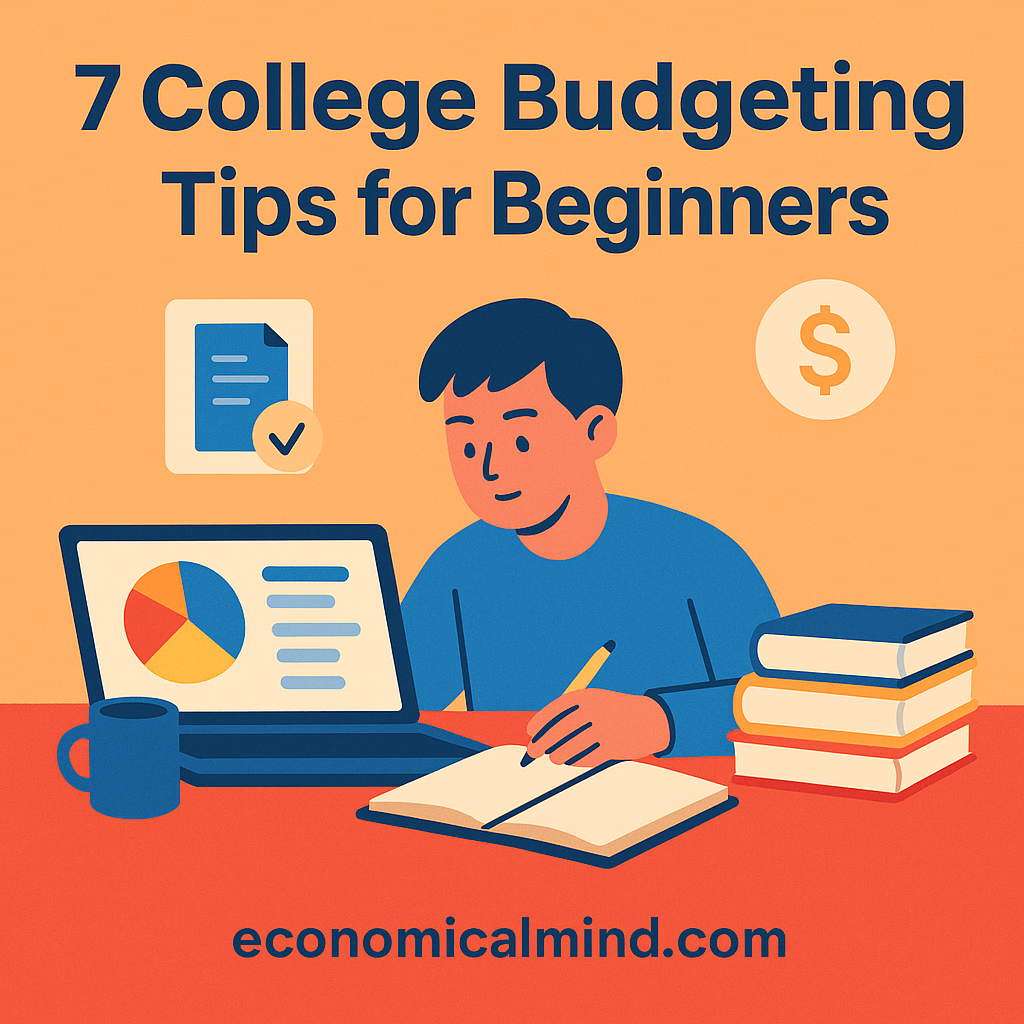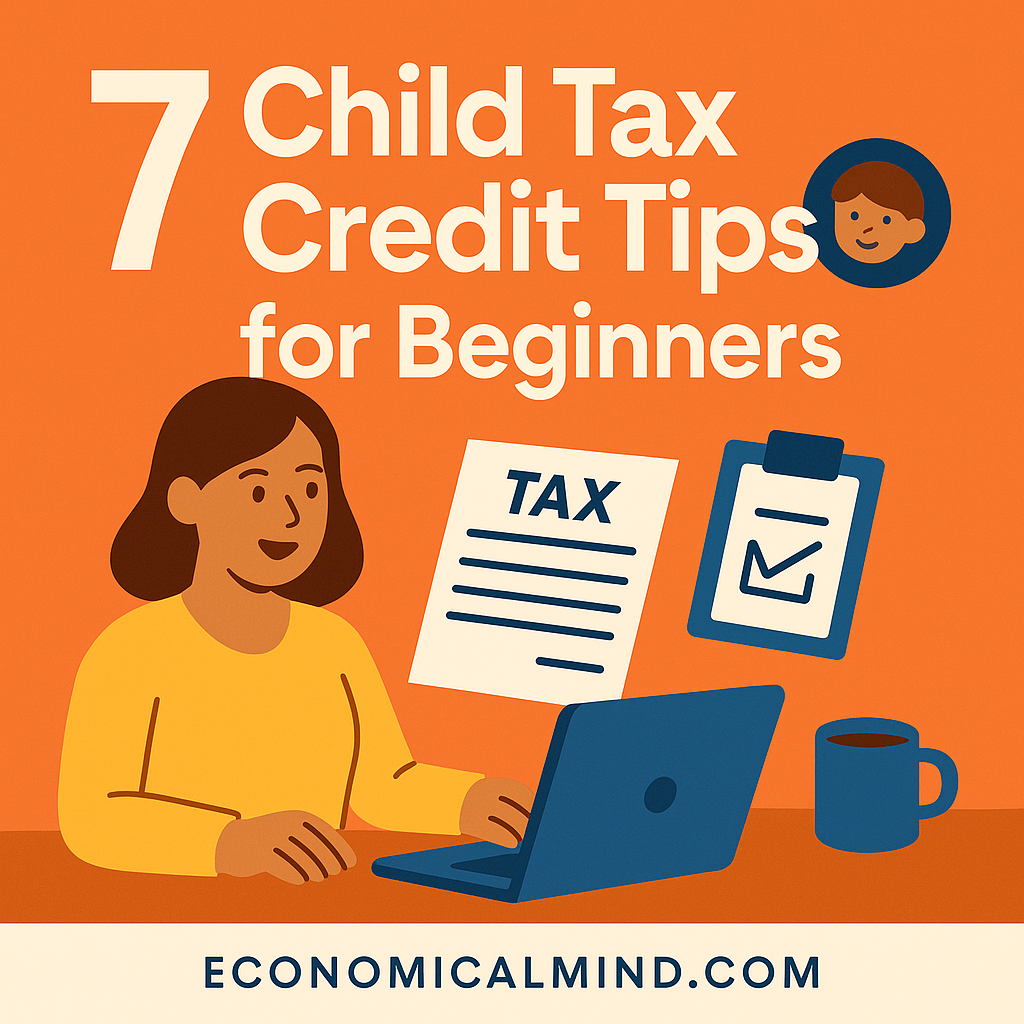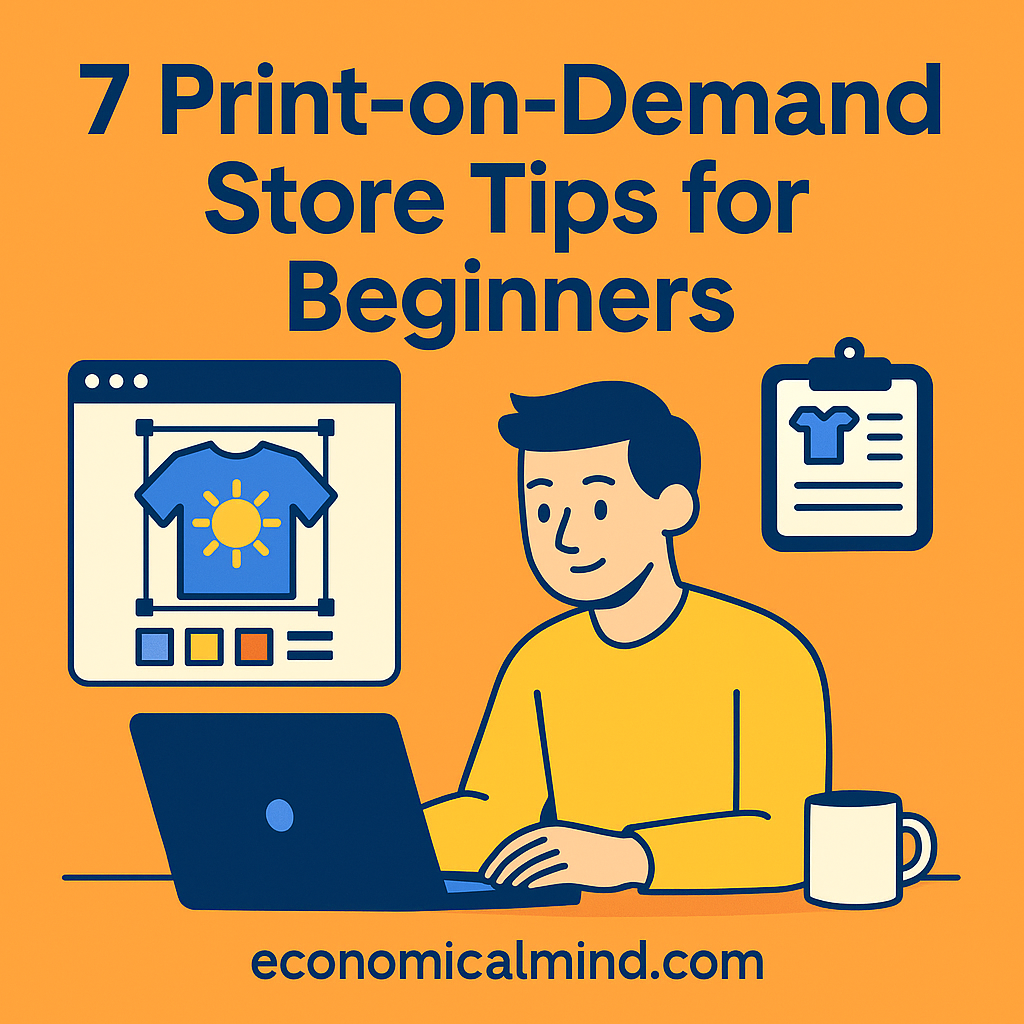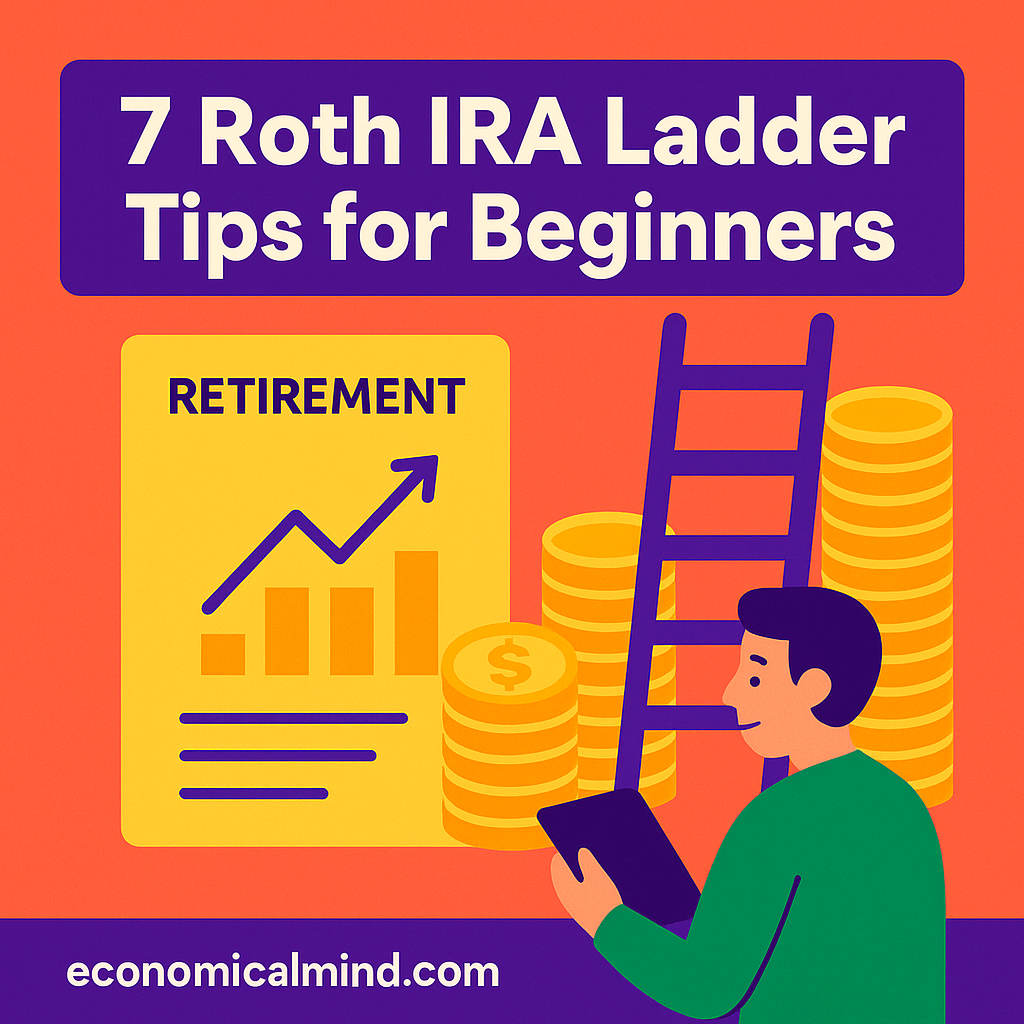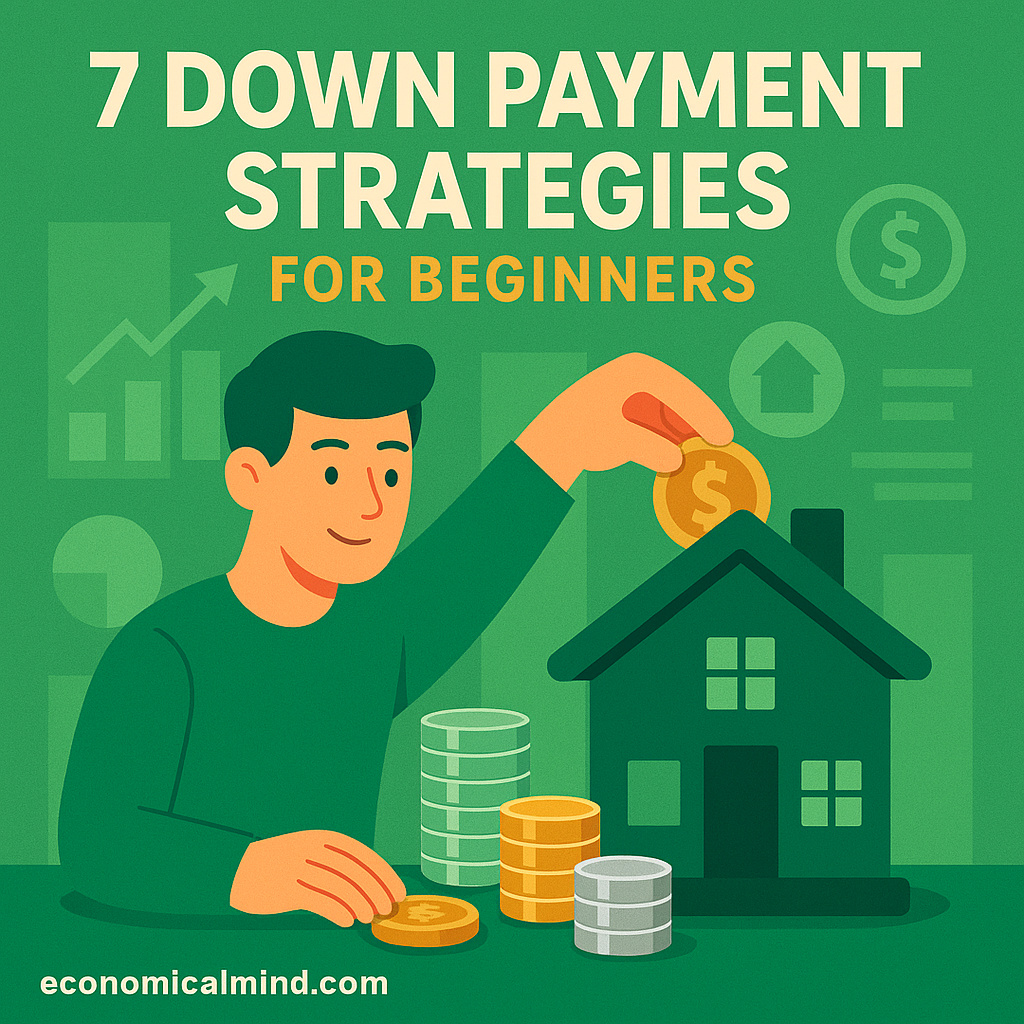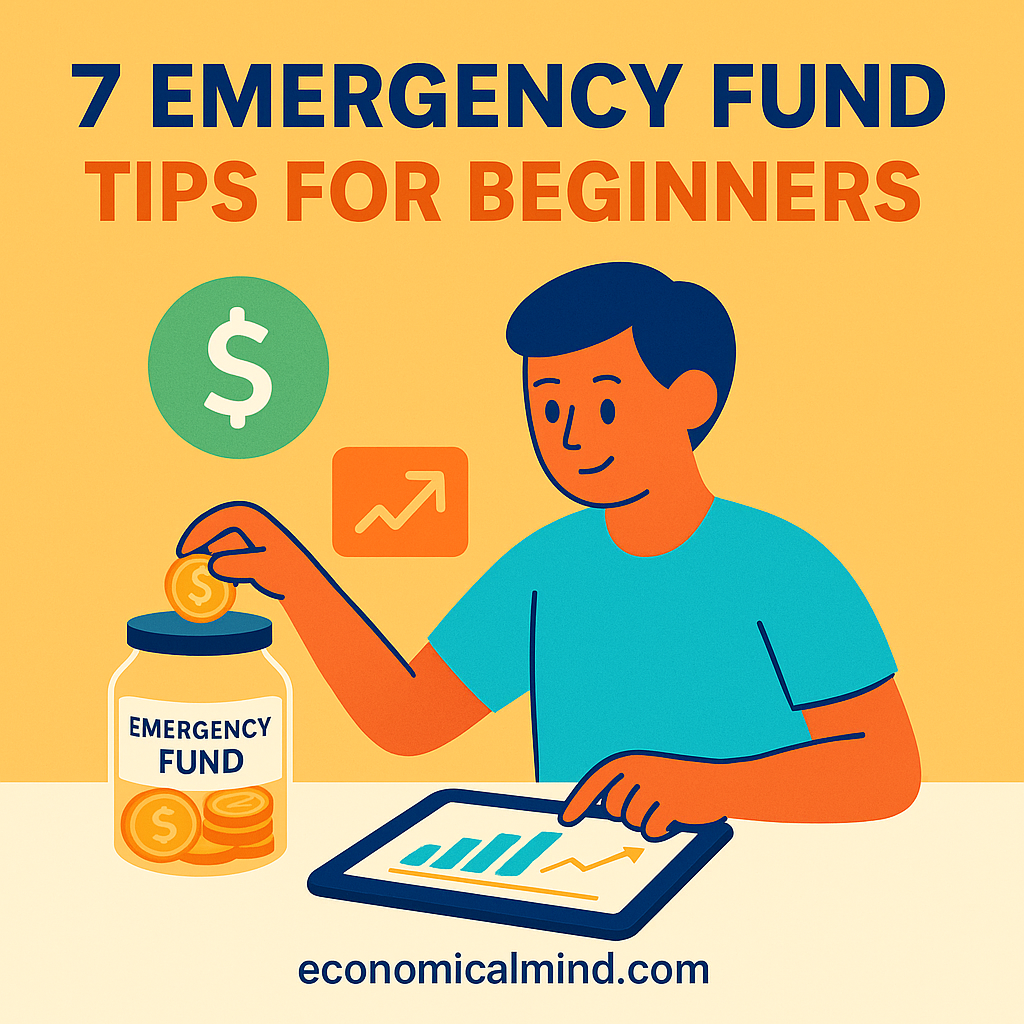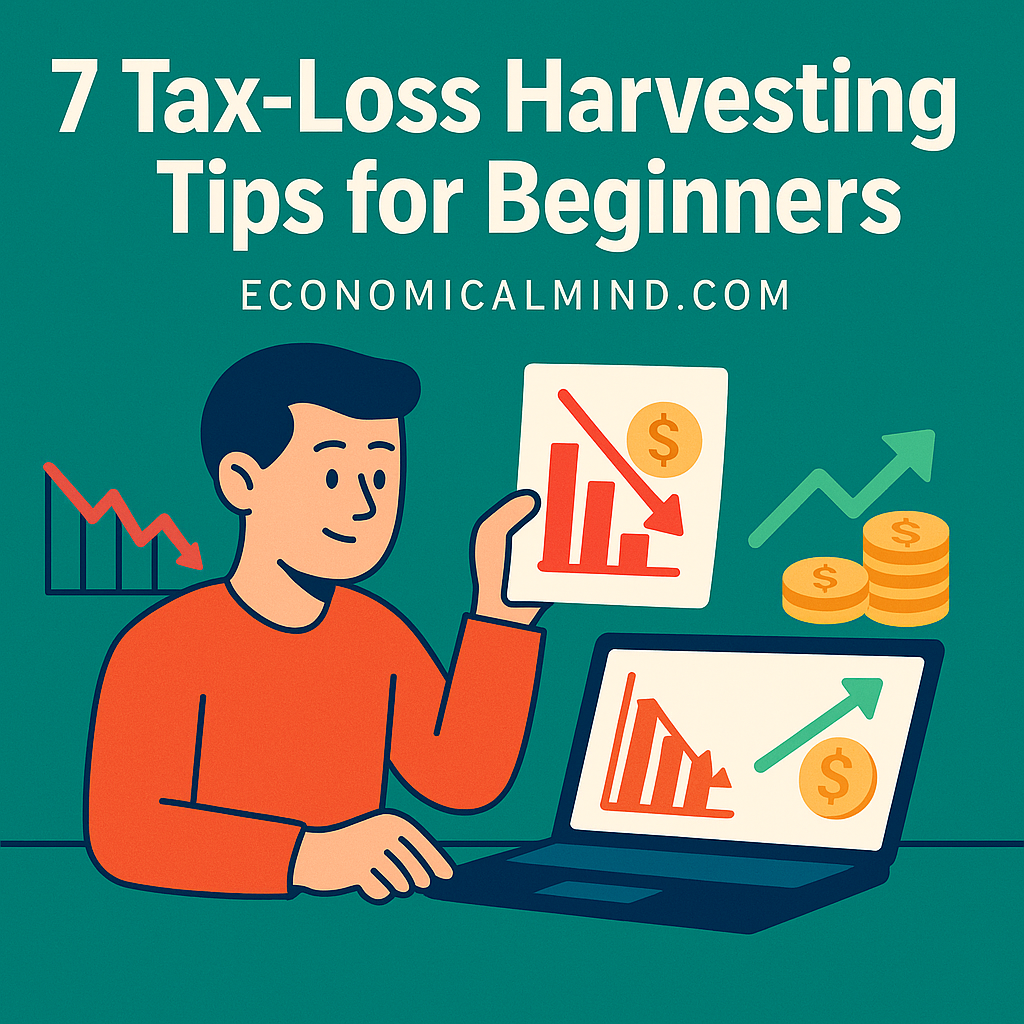
What Is Tax-Loss Harvesting?
Tax-loss harvesting is a strategy that helps investors reduce taxes by selling investments that have lost value and using those losses to offset gains.
It sounds complicated, but the concept is simple:
When you sell an investment for less than you paid, that loss can offset capital gains from other profitable investments — or even reduce your taxable income.
Used wisely, tax-loss harvesting helps you keep more of what you earn while staying invested for the long term.
Continue reading “7 Tax-Loss Harvesting Tips for Beginners”
